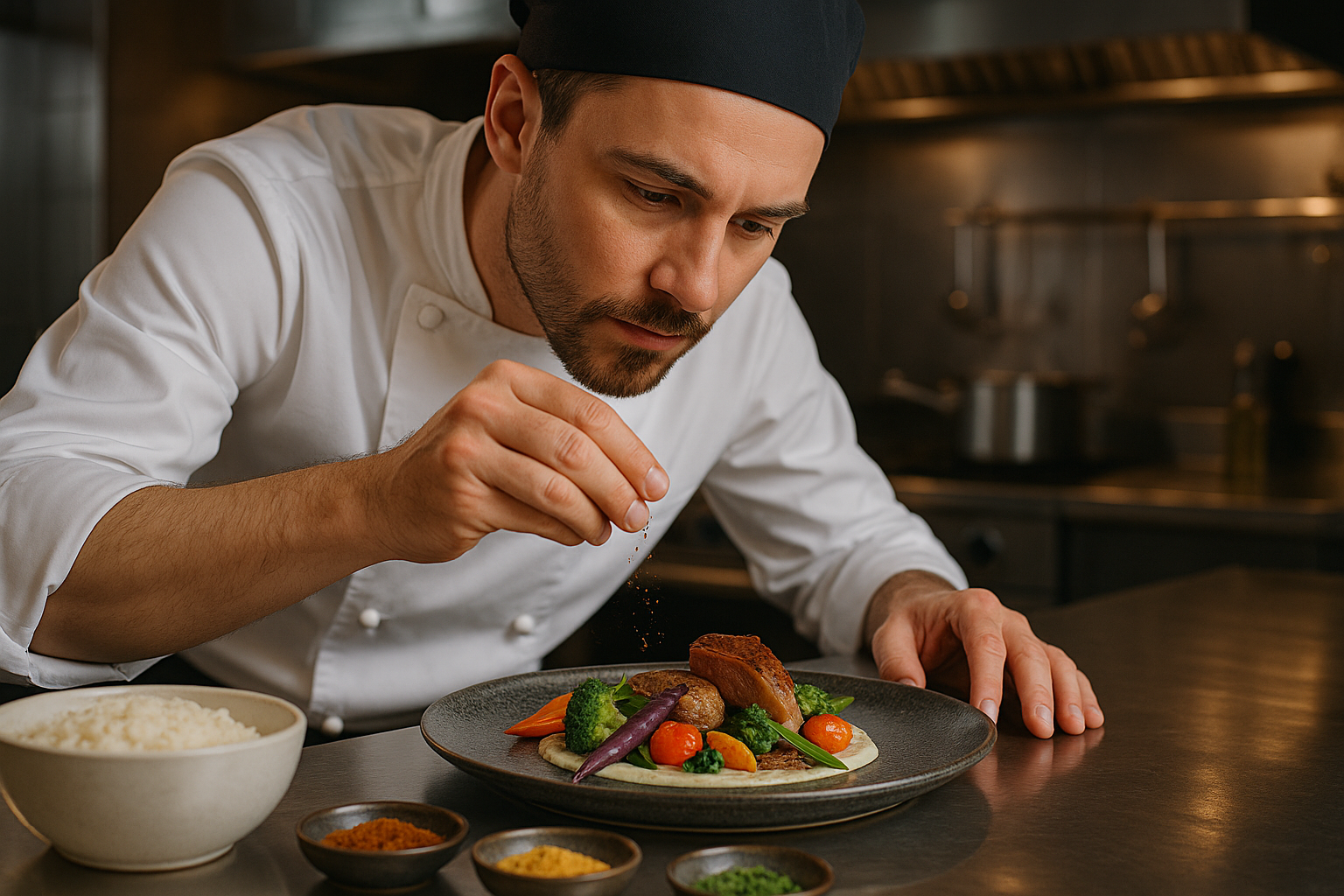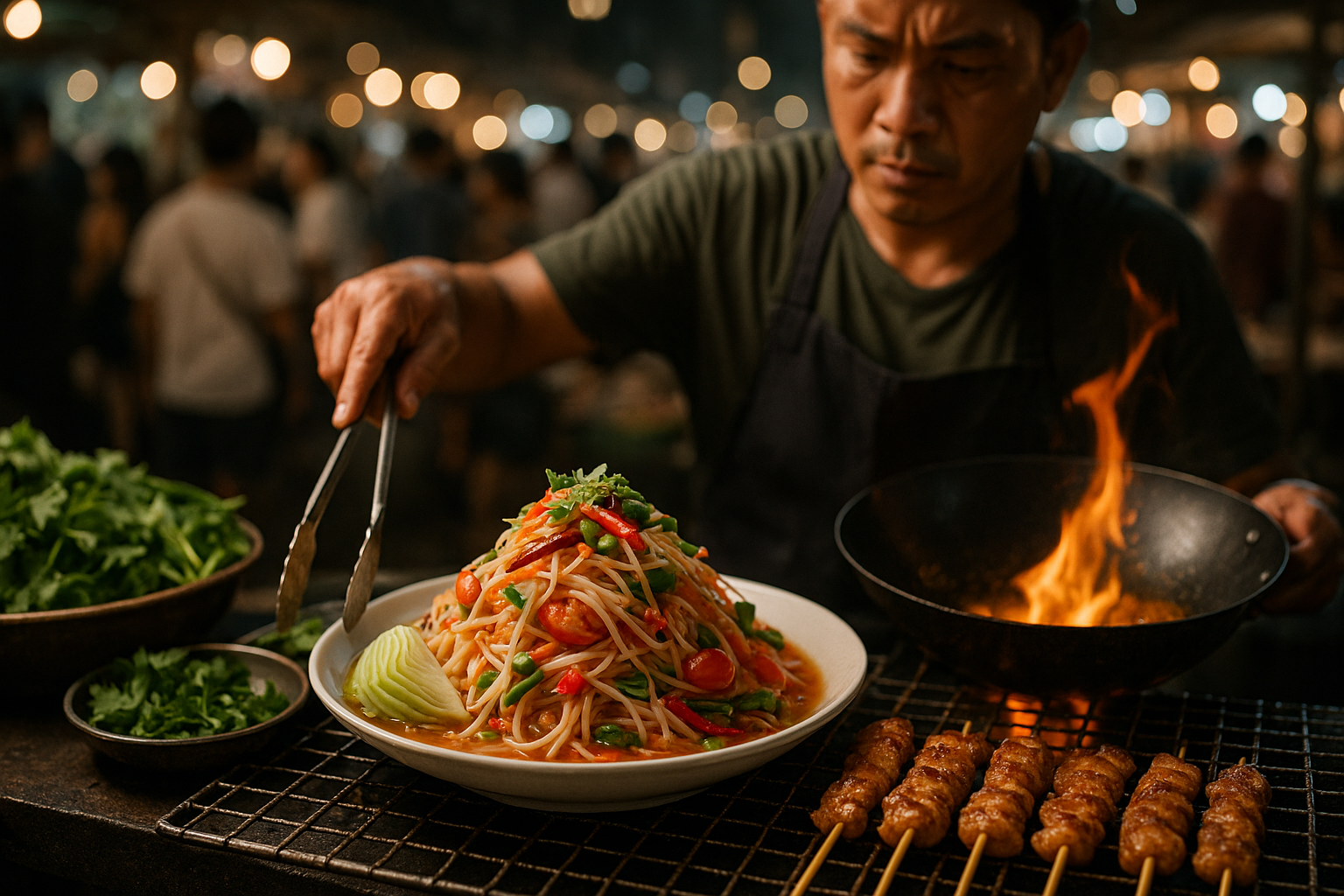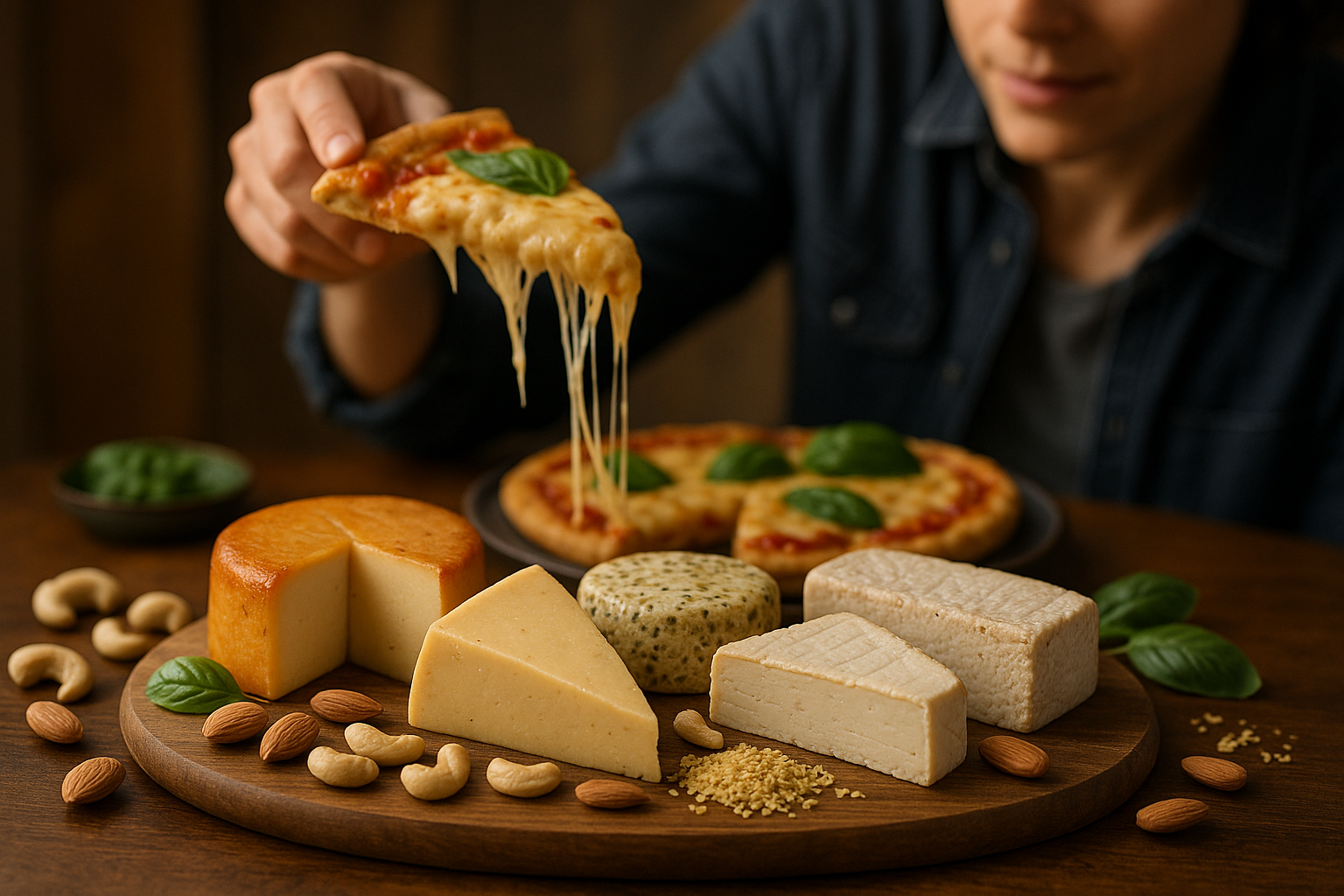Pioneering the Art of Fusion Cuisine: A Melding of Flavors
The culinary world has always been one of innovation and creativity. Chefs around the globe are constantly pushing boundaries, experimenting with new ingredients, techniques, and combinations. One trend that has truly captured the hearts and palates of food enthusiasts is fusion cuisine – a blending of culinary traditions to create something uniquely delicious. Let's embark on a journey through the exciting world of fusion cuisine, exploring its roots, its appeal, and the ways it is changing the face of gastronomy.

The Roots of Fusion Cuisine
Fusion cuisine may seem like a recent trend, but its roots go back centuries. In fact, it can be traced back to ancient trade routes, where spices and cooking methods were exchanged between cultures. This fusion was driven by necessity and curiosity, with traders and explorers bringing back new ingredients and ideas from their travels. Fast forward to the modern era, and fusion cuisine has become an art form in its own right.
Why Fusion Cuisine?
Fusion cuisine resonates with diners because it offers an element of surprise. It combines familiar elements with new and exciting flavors, creating a culinary experience that is both comforting and exhilarating. It also reflects our increasingly globalized world, where cultures intersect and influence each other in myriad ways.
The Art of Fusion
Creating successful fusion dishes requires a deep understanding of different culinary traditions. The best fusion dishes are those that respect each ingredient’s cultural context while finding innovative ways to combine them. It’s not about simply throwing together random ingredients from different cuisines; it’s about creating a harmonious blend of flavors, textures, and techniques.
Fusion Cuisine Around the World
From sushi burritos in the United States to kimchi quesadillas in South Korea, fusion cuisine is truly a global phenomenon. Each region brings its own distinct flavors and techniques to the table, resulting in an endless array of delicious possibilities. Some popular fusion cuisines include Tex-Mex (Mexican and American), Chindian (Chinese and Indian), and Italasian (Italian and Asian).
The Future of Fusion
As the world continues to become more interconnected, the possibilities for fusion cuisine are only set to grow. Chefs are constantly on the lookout for new ingredients and techniques to experiment with, and diners are becoming more adventurous in their eating habits. As a result, fusion cuisine is likely to remain a dynamic and exciting facet of the culinary world for many years to come.
The Fusion Cuisine Toolbox
-
Always respect the original cuisines - understanding them is key to creating successful fusion dishes.
-
Balance is crucial - fusion dishes should harmoniously blend flavors, not overwhelm with too many different tastes.
-
Experiment with local ingredients - fusion cuisine is all about innovation, so don’t be afraid to try something new!
In conclusion, fusion cuisine is an exciting and innovative field of gastronomy. It offers a unique platform for chefs to showcase their creativity, combining flavors from around the world to create dishes that are truly unique. For diners, fusion cuisine provides an opportunity to travel the world through their tastebuds. The future of fusion cuisine is bright, with endless possibilities for new flavors and combinations. So why not take a culinary leap and experience the magic of fusion cuisine for yourself?





